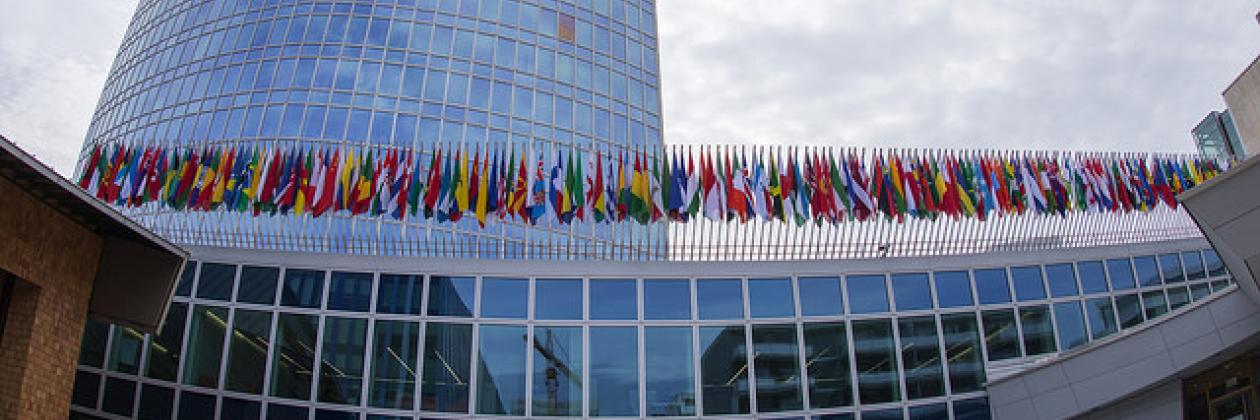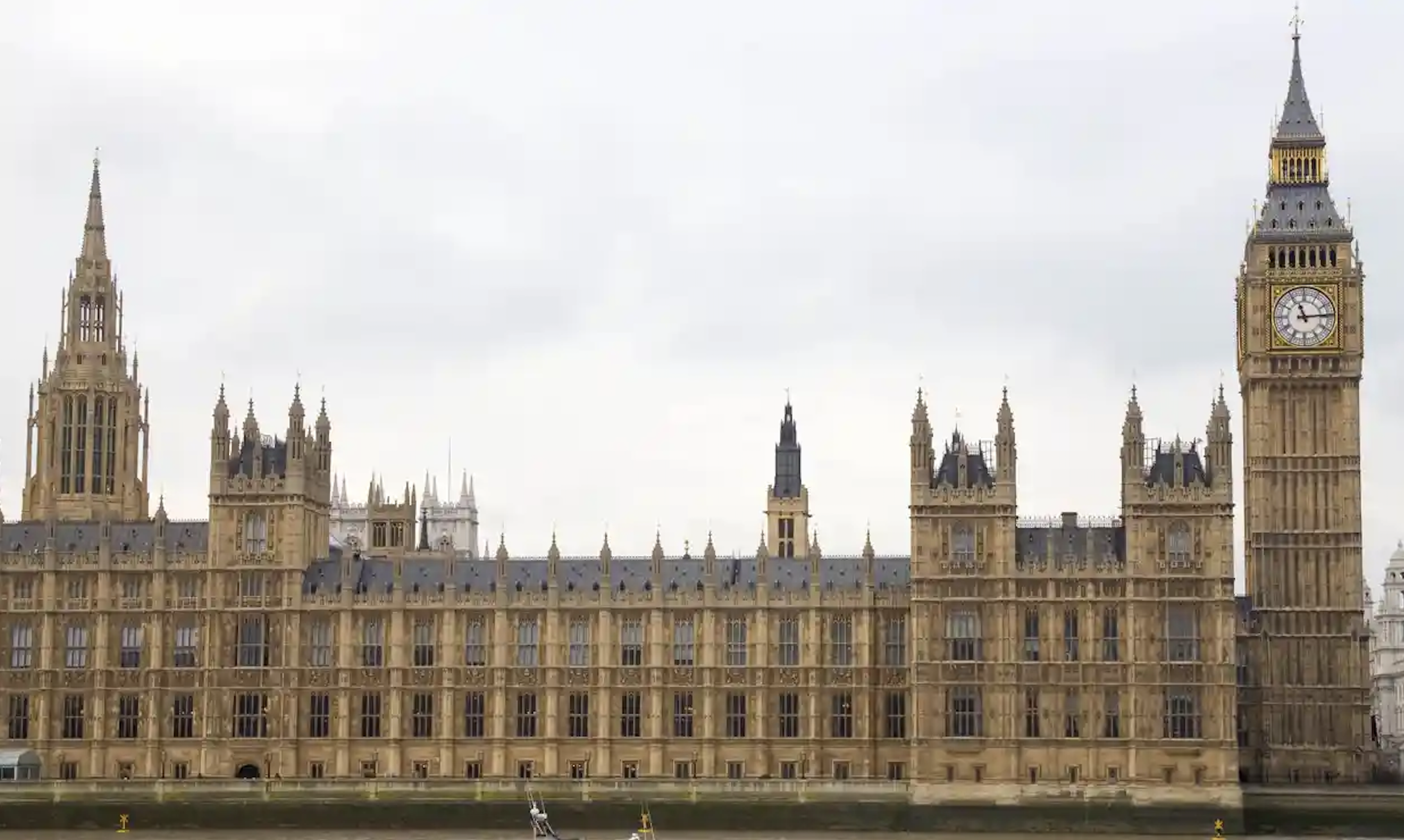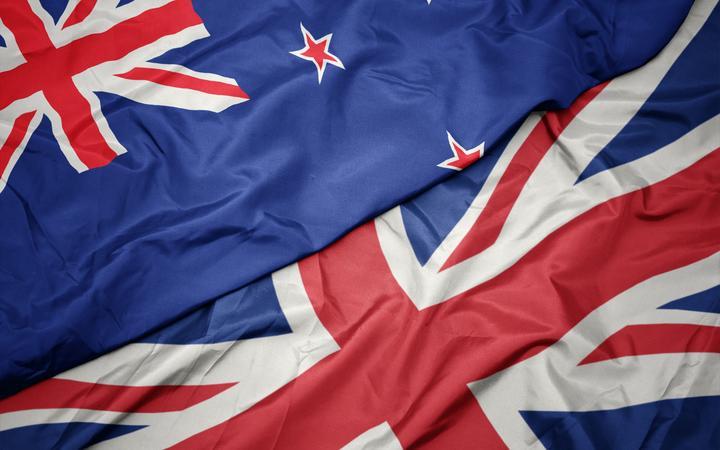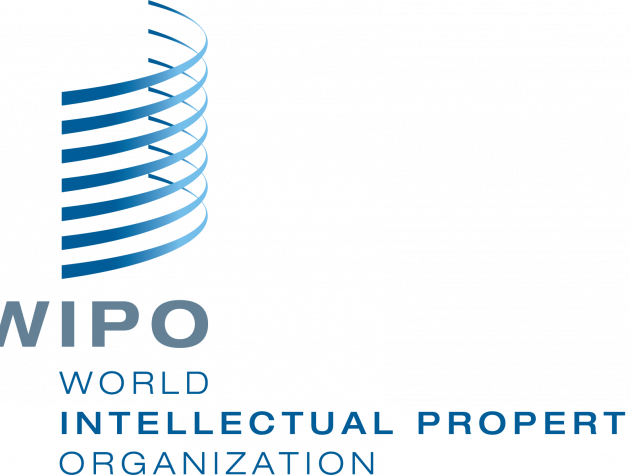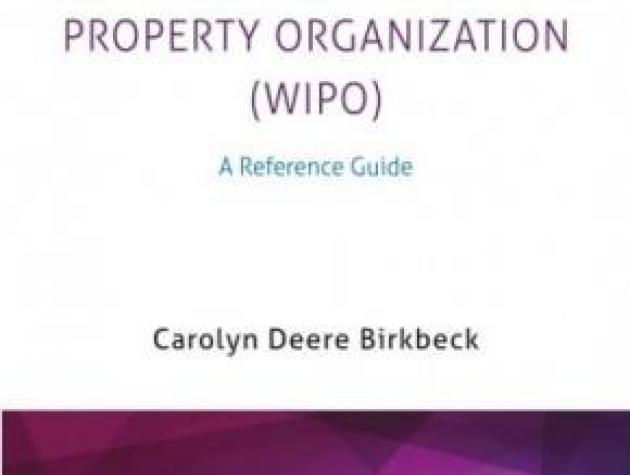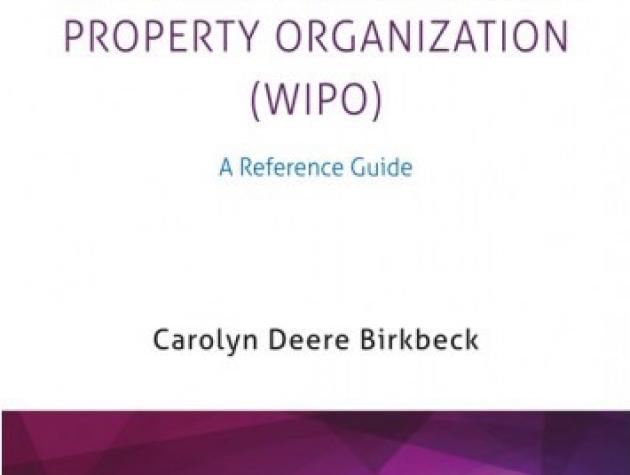WIPO’s Program And Budget Stand-Off Highlights That Member States Must Act On WIPO’s Governance System
By Carolyn Deere Birkbeck
Published in Intellectual Property Watch, 9 October 2017
As the WIPO Annual Assemblies draw to a close this week, governments face a dramatic stand-off over the organisation’s biennial Program and Budget. Unless a series of its demands regarding the organisation’s financing and treaty-making processes are met, the United States is refusing to approve the WIPO budget – a decision Member States normally take by consensus. While sparring among governments over the budget and content of a UN organisation’s programs is not unusual, the debate at WIPO this year highlight challenges at the heart of its governance system.
Debates this week coincide with the 50th anniversary of the 1967 WIPO Convention – the treaty that established WIPO as an international organisation and laid the foundations of its governance system. As Member States seek to resolve this week’s crisis, they should also seize the opportunity to initiate a forward-looking strategic review of WIPO’s governance – including its founding Convention – with an eye to ensuring that the organisation’s governance system is fit for purpose.
The United States, the Lisbon Union and the Governance Dimension of this Week’s Budget Crisis
This year’s Assemblies have put a much-needed spotlight on WIPO’s notoriously complex governance system[1] and its unique financial model. WIPO raises almost 95% of its income through fees paid by IP right-holders and applicants in exchange for global IP protection services established by treaties such as the Patent Cooperation Treaty (PCT) (which alone generates 75% of WIPO’s income). This arrangement makes WIPO one of the most financially stable of UN organisations, with a recurring budget surplus, sizeable reserves and negligible Member State contributions (which combined account for less than 5% of its budget). At present, the income and expenditure related to WIPO’s treaty-based Unions and its other program activities are presented in a ‘unitary presentation of the budget.’ However, each of the Union’s retains its own budget; that is, there is no single budget for the organisation. Instead, under WIPO’s ‘unitary budget’ system, revenue from the Unions, including the PCT and other treaty protection systems (Madrid and Hague), is allocated using a complex and opaque methodology across the organisation’s diverse activities–from capacity-building and training to research, committee work and WIPO’s public-private partnerships.
The debate this week underscores further challenges. The United States, which is host to a large portion of the users of WIPO’s most lucrative protection system – the PCT – has argued that WIPO’s income from fees paid by its nationals should not be used to finance the Lisbon Union (which is comprised of a sub-group of WIPO Member States and currently runs a deficit of around 1.5 million Swiss francs). The United States has long opposed efforts by the Lisbon Union – urged on by European industries – to revise the Lisbon Treaty to advance their interests in the area of geographical indications. Having failed to prevent the completion of a new Geneva Act of the Lisbon Agreement, the US insists that no revenue from the PCT or Madrid Treaties should be used to subsidize Lisbon activities (the US proposes Lisbon’s needs should be met instead through a loan from other WIPO Unions that are financed by Member State contributions–the so-called contribution-financed Unions). Moreover, the US has proposed that no new resources should be allocated to WIPO diplomatic conferences (high-level meetings convened to conclude treaties) without a unanimous decision by the General Assembly.
In so doing, the US has put four critical governance issues on the table. First, the US position threatens WIPO’s ‘unitary budget’ approach, and thus the financing of a vast range of WIPO activities that do not generate their own income. Although the US demands concern only a very small amount of WIPO’s overall budget, ceding to US demands on the financing of the Lisbon Union would also mean accepting that one country can cherry pick which WIPO activities it would finance (or not) on the basis of the proportion of fees paid by users in its countries.
Second, for an organisation that relies predominantly on consensus-based decision-making, with only very occasional resort to voting, the US call for unanimous decision-making on future diplomatic conferences is extraordinary. Nonetheless, the US position raises important questions about the future of negotiations and norm-setting at WIPO. Already, WIPO has a suite of treaties involving different numbers and configurations of Member States. Looking ahead, under what conditions should groups of like-minded Member States be able to advance negotiations on topics of mutual interest? What if these negotiations will negatively affect other members? Should WIPO Unions be able to negotiate a treaty where non-members of that Union, with no decision-making powers, object? What criteria and process should guide the launch of such plurilateral agreements, how should they be financed, and what role and say should the full membership of WIPO have?
Third, the U.S. position has highlighted the urgent need for greater clarity, transparency and understanding of WIPO’s methodology for allocating revenue across its activities and for continued consideration of what improvements should be made. Far from a simple accounting matter, this issue raises questions that go to the heart of debates about purpose of the organisation and the kinds of activities it should pursue.
Importantly, these are not the only governance issues on the table. On the one hand, WIPO’s remarkable financial success and its autonomy from Member State contributions are often cited as WIPO’s key assets. On the other hand, WIPO’s financial arrangements spur concerns about the risk of ‘capture’ by industry groups convinced that the fees they pay in exchange for WIPO’s services also entitles them to have a decisive influence on the organisation’s other activities.
Further, over the past decades, the full diversity of WIPO Member States and stakeholder groups have articulated a much broader array of concerns about shortcomings in WIPO’s governance. These range from complaints about weak Secretariat accountability to Member States and poor public transparency; poor budget oversight and internal management; undue Secretariat influence on treaty negotiation and accession processes; a bias toward the interests of IP right-holders and developed countries; inadequate opportunities for engagement by public interest NGOs; and limited high-level engagement from Member States. There are also recurring complaints about the inefficiency of WIPO proceedings, treaty negotiations that languish, and Committee meetings that end in stalemate. Such weaknesses in WIPO’s governance system matter because they contribute to and exacerbate the challenges governments face in forging compromises and resolving tensions on substantive issues of IP policy, law and practice.
Changing Demands on WIPO and its Governance System
The governance challenges facing WIPO are numerous in part because the issues it grapples with are politically, technically and legally complex, the demands upon the organisation have grown, and the world has changed enormously since 1967.
Whereas WIPO was originally created primarily to serve as the administrative and technical secretariat of intergovernmental IP treaties, its functions and range of activities have subsequently expanded (due to the increasing use of its treaties for IP applications and registrations) and diversified (as WIPO now hosts a growing range of activities in development cooperation, dispute resolution, and research). The organisation itself has also grown significantly (from a staff count of 544 in 1992 to a workforce of 1500 in 2017), with a budget of over 700 million CHF for the 2016/17 biennium.
WIPO’s Governance as an Evolving System
The good news is that, when deciding to take stock and set priorities on governance, neither Members nor stakeholders need start from scratch. A diversity of WIPO’s Member States has advanced proposals on governance matters, and a number of background documents by the Secretariat on governance already exist.
Member States have already come together many times to transform and strengthen WIPO’s governance in a range of areas, highlighting the potential for further improvement. Members have, for instance, considered a range of constitutional reform measures aimed at ‘simplifying and rationalizing’ WIPO’s governance structure, ultimately adopting five constitutional amendments.[2] WIPO Members have also approved a range of internal organisational reforms that refine WIPO’s governance system and strengthen its accountability, including included new and revised policies, rules and regulations on the accreditation of observers, transparency of documents, financial management, independent audit and oversight, mechanisms for better engaging Member States in the Program and Budget process and internal management initiatives (such as the Strategic Realignment Program with its emphasis on Results-based Management). Further, the adoption of 2007 WIPO Development Agenda was a governance project to the extent that it aimed to impact understanding of WIPO’s purpose and mainstream development throughout the organisation’s work, and also added the CDIP to WIPO’s governance structure.
In August 2014, however, a UN Joint Inspection Unit (JIU) ‘Report on the Management and Administration of WIPO’ listed a suite of governance problems still facing WIPO, arguing that these problems confuse Member States and frustrate their ability to review and guide the work of the organisation. The JIU recommended that the WIPO General Assembly should: “review the WIPO governance framework as well as current practices with a view to strengthen the capacity of the governing bodies to guide and monitor the work of the organisation.”[1]
Key concerns raised by the JIU included the complexity of WIPO’s governance structure; paralysis of formal decision-making in many WIPO bodies; and an over-emphasis on informal decision-making. The JIU concluded that these problems contributed to ailing trust between Members, frustration with the Secretariat, and the inability of Members to build and sustain a shared vision of WIPO’s mandate, which in turn undermines the prospect of reaching consensus on a range of substantive matters before the organisation. Among other matters, the JIU report highlighted the shift of power toward WIPO’s Program and Budget Committee (PBC) and the limited space for substantive policy deliberations on major strategic matters and challenges facing the organisation, which are too often postponed due to time-constraints, shunted between WIPO Committees, or relegated to opaque informal processes.
Despite calls for action in 2014 [see Strengthening WIPO’s Governance by Deere Birkbeck in IPW, 26 September 2014], Member States have made almost no progress on the JIU’s recommendations on WIPO’s governance. A key stumbling block to action has been the fragmentation of discussion of governance matters across several different WIPO bodies, most notably the WIPO General Assembly, the PBC, the CDIP and Independent Advisory Oversight Committee, and to some extent in the Assemblies of the Unions. This predicament is further frustrated by chaotic, sporadic and reactive processes that drifts timelessly through Committees with agendas too full to offer adequate time for reflection. And of course, Member States have a diversity of interests and views vary on the importance and desirability of certain reforms. Absent leadership, topics considered too political or potentially too divisive are postponed and swept aside for fear of the political tensions and difficult conversations they may unleash.
WIPO’s 50th Anniversary as a target for Action on WIPO’s Governance
In three years, WIPO will celebrate 50 years since the organisation first opened its doors in 1970. The Annual Assemblies in 2020 will also mark the end of Francis Gurry’s term as Director General and the appointment of a new head of the organisation. The year 2020 should be seized as a target for a suite of decisions to update and strengthen WIPO’s governance, both to address pressing immediate problems and to better equip the organisation for the rapidly evolving landscape of issues at the intersection of intellectual property and innovation, public policy and development.
Building on proposals I offered in 2014, following are seven areas where WIPO Member States clearly share interests:
- reaching a shared vision with regard to WIPO’s financial arrangements, notably in respect of its core income streams (which include fees, government contributions, voluntary Funds in Trust, and potentially other partners and donors), their sustainability and their allocation. Each of these matters has implications for WIPO’s strategic direction and its accountability to Members and the diversity of its stakeholders.
- providing clarity on the scope, criteria and process for the launching and concluding negotiations at WIPO and the financial arrangements for the administration of final treaties and related activities.
- simplifying WIPO’s governance structure and clarifying its strategic purpose. Options for discussion should include simplifying WIPO’s governing bodies; considering the creation of an Executive Body; addressing the growing power of the Program and Budget Committee – a key subsidiary body; and reviewing the composition of its key governing bodies and committees. On strategic purpose, Members should pursue a constructive, forward-looking dialogue on their understanding of the organisation’s purpose and niche within the UN family. This should include attention to forging greater space within WIPO’s governing body and committee structure for high-level policy deliberation and debate on substantive matters and tensions engaging senior policymakers from capitals, and to sustaining attention to the Development Agenda in WIPO’s work.
- improving the efficiency and transparency of decision-making processes. Several of these matters could be addressed through an updating of WIPO’s General Rules of Procedure (last amended in 1979). Government should also consider developing guidelines for consultations with regional groups and coordinators.
- completing work to improve WIPO’s oversight framework, a core vehicle for ensuring accountability of the organisation.
- Adopting policies with respect to engagement with the diversity of relevant industry and NGO stakeholders in WIPO’s activities and partnerships. Growing expectations of WIPO’s engagement with stakeholders demand that WIPO devises mechanisms that work for its traditional stakeholders (such as the associations of rights-holders, IP professionals and the large multinational companies that comprise the main users of its IP protection systems) as well as for the wider range of stakeholders now seeking a voice, such as SMEs – which are the greatest source of innovation and employment in many countries – and the diversity of public research institutions and civil society actors with public interests at stake.
- devising processes for feedback and review of the performance of WIPO Directors General throughout their period of appointment.
At this week’s annual Assemblies of WIPO Member States, governments have a clear opportunity to launch a serious forward-looking process of reflection and action on governance. They should agree to establish a Working Group of Member States on Governance, with a mandate to present recommendations for approval in advance of the 2020 WIPO Assemblies. Here, WIPO’s Working Group on Constitutional Reform, which met from 1999 to 2002, which produced a number of practical, constructive recommendations and decisions, sets a useful precedent.
To launch this process, Member States should call for consultations to take stock of WIPO’s governance system and deliberations to date, and to set priorities for further discussion and action by the Working Group. This informal phase should seek to engage the Chair of the WIPO General Assembly, Ambassadors and senior officials in national capitals. The Director General should embrace this prospect as a legacy issue – ensuring that he leaves WIPO’s governance system fit to face enduring challenges and new priorities. As the WIPO Convention marks its 50th year, the Program and Budget crisis at this year’s Assemblies serves as a timely reminder that discussion of WIPO’s governance system should no longer slip between the cracks.
Carolyn Deere Birkbeck is a Senior Researcher at the Global Economic Governance Programme, University of Oxford and a Visiting Fellow of the Graduate Institute of International and Development Studies in Geneva. She is the author of the first comprehensive overview of WIPO’s governance system, The Governance of WIPO: A Reference Guide (Edward Elgar Press, 2016).
[1] This complexity stems from incremental evolution of WIPO’s governance structure, which emerged from the amalgamation of several treaties and their Unions going back to the Paris and Berne Conventions of the 1890s, followed by the progressive adding of new treaties and Unions.
[2] Although only one has formally entered into force, all are followed in practice.

